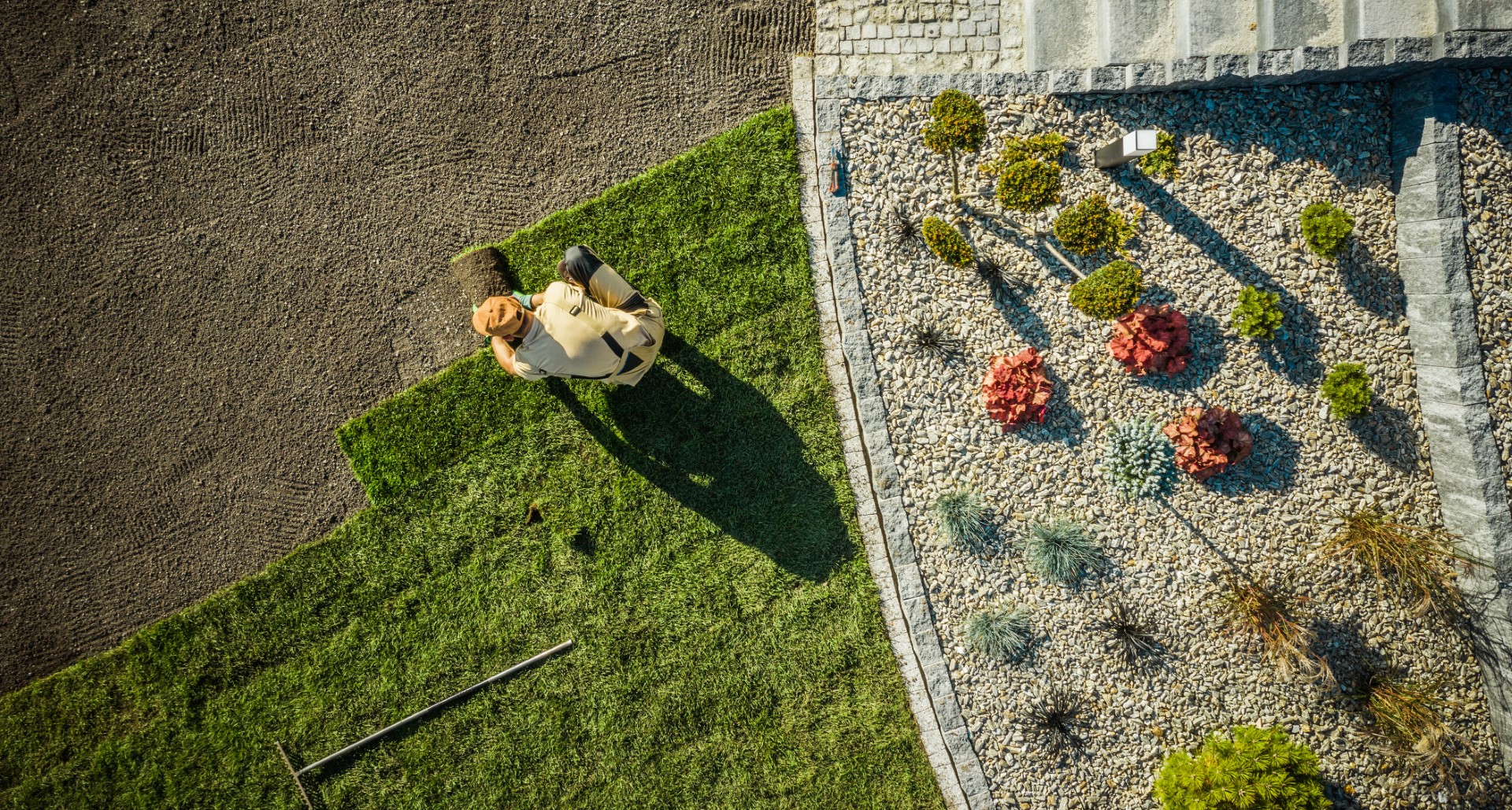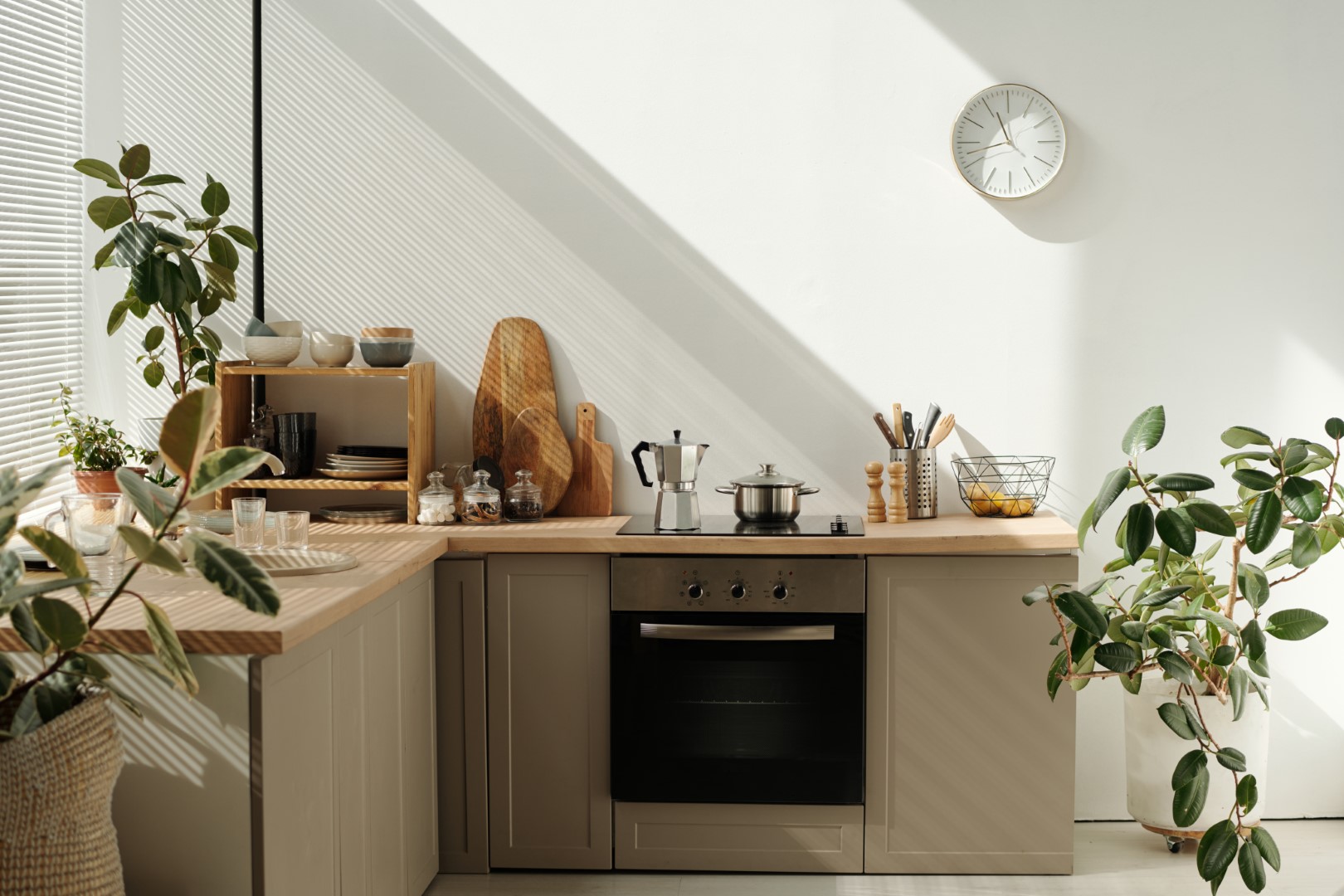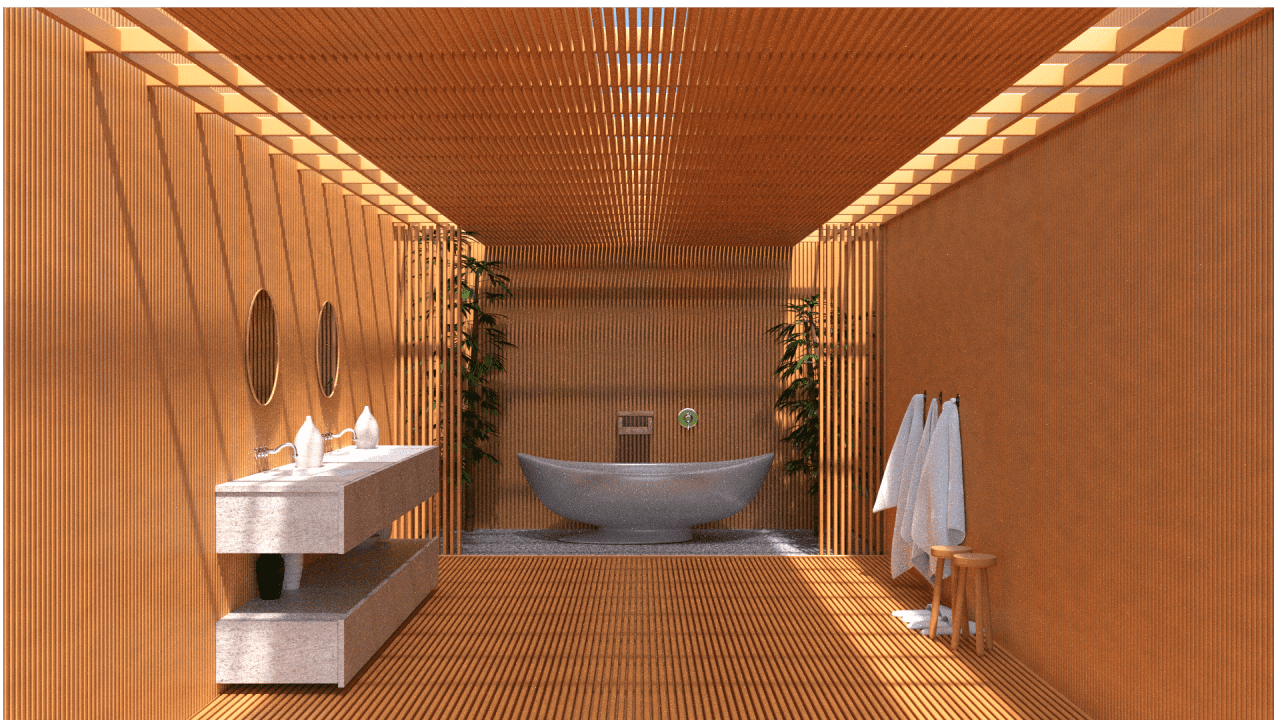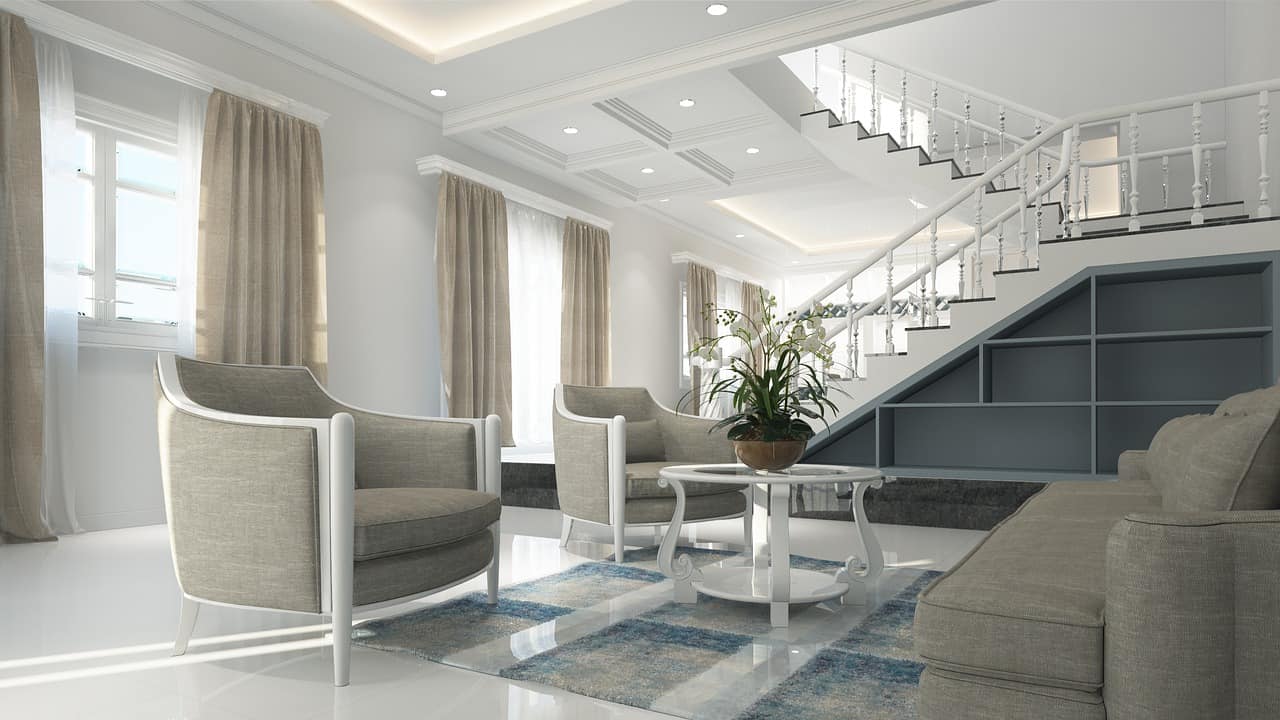Introduction
In an era dominated by buildings and concrete, the necessity of planting grass or establishing green areas becomes more pronounced. Lawns serve as an oasis of peace, and their presence in urban environments is essential.
Lawns transform the aesthetics of houses, yards, and other structures. A way to lay grass on lawns is to install sod grass, a layer of pre-grown grass that includes the soil and roots. It makes lawn installation and maintenance more comfortable. Also, sod can be thoughtfully integrated into architectural designs, striking a perfect balance between urban and natural elements.
Understanding Sod and Its Role in Architecture
Landscape architecture focuses on designing outdoor spaces to create functional, aesthetically pleasing landscapes that meet human needs and contribute to nature’s preservation.
From a landscape architectural perspective, lawns, especially sod grass or turfs, serve multiple functions:
- Aesthetic: Sods significantly enhance the aesthetic appeal of a location. They offer a natural contrast to urban structures and add freshness. Their role is to create a dynamic contrast that elevates the environment.
- Ecological: Turfs are crucial in maintaining environmental balance in urban areas. Grass absorbs pollutants like carbon dioxide, aiding in air purification. It also provides a habitat for various insects and animals, thereby fostering biodiversity.
- Practical: In urban settings, sod grass serves valuable purposes, offering spaces for relaxation, recreation, and various outdoor activities.
Types of Sod for Different Architectural Styles
Native Grass Species
Native species, naturally occurring in a specific area, offer numerous benefits for both nature and urban settings. These species are more resilient to local climate conditions and soil types, requiring minimal care to maintain their green, attractive appearance. Using indigenous varieties reduces the need for pesticides and herbicides, benefiting the local ecology. These varieties adapt to varying weather conditions, from droughts to rainy climates.
Grasses Suitable for Commercial Buildings
First impressions are crucial for business facilities, making landscape architecture have a key role. Turfs enhance the professional and aesthetic appearance of office spaces. The chosen sod grass should be low-maintenance and disease-resistant, thriving in various conditions. Aesthetics is also critical, necessitating visually appealing and robust grass, similar to what you can see on sports fields.
Grasses that quickly recover from frequent foot traffic are ideal for high-traffic areas.
- Zoysia: A low-maintenance grass popular in the southern United States, Zoysia is resilient in various weather conditions, making it suitable for areas where lawn care is not a priority.
- St. Augustine: This variety thrives in direct sunlight and creates a sophisticated look with patio lighting. The Palmetto St. Augustine variant is particularly suited for illuminated areas.
- Bermuda: Known for its tolerance to extreme summer conditions and minimal water requirements, Bermuda grass, particularly the Tifway 419 variety, is a common choice for golf courses due to its delicate texture and tread resistance.
Enhancing Architectural Elements with Sod
- Integrating Sod Grass with Landscape Lighting: Landscape lighting emphasizes the beauty of green spaces and extends their usability into the night. Well-planned placement can highlight a building’s architectural features or specific plants within the yard. Solar lamps are an eco-friendly option for nighttime illumination.
- Matching Grasses to Building Materials and Design: Selecting grass that complements the building’s materials and design creates a cohesive, elegant ambiance. Consideration of color, texture, and the building’s lines and shapes is essential.
Maintenance and Care for Different Sod Types
Each grass type has specific maintenance needs:
- Zoysia: Requires infrequent watering and mowing, making it an eco-friendly choice.
- Bermuda: Needs regular mowing and maintenance, especially in high temperatures.
- St. Augustine: Benefits from more frequent watering and mowing, often necessitating professional irrigation systems.
Professional Sod Installation
A professional approach to sod grass installation is crucial for achieving a healthy, picturesque landscape. Experts select the suitable grass variety and install it correctly. They can also efficiently set up irrigation systems, saving time and energy.
Conclusion
Careful selection of grass types allows landscape architecture to create harmonious, beautiful, and sustainable spaces that fulfill aesthetic and ecological standards, enriching the overall spatial experience.
Discover more from Futurist Architecture
Subscribe to get the latest posts sent to your email.




